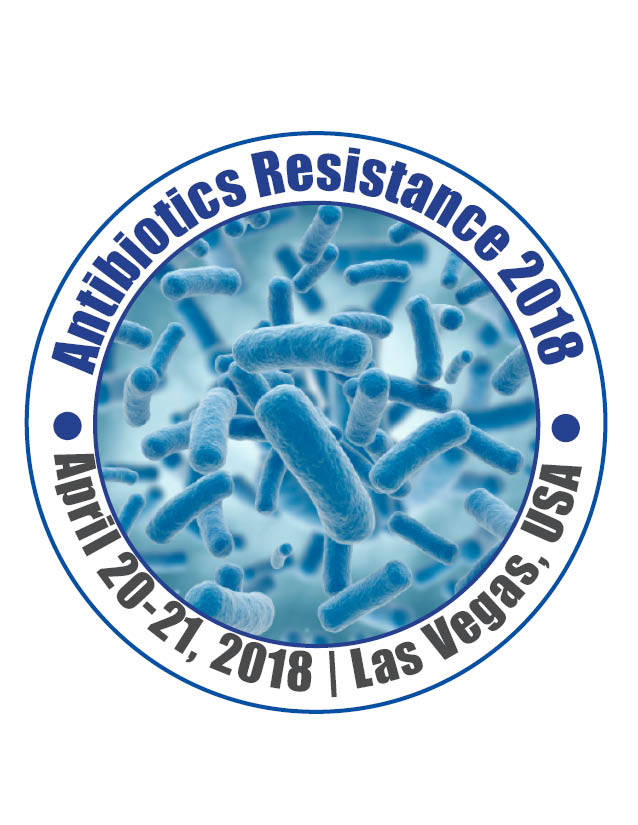
Y. Peter Di
Associate professor,University of Pittsburgh, USA
Title: Development of novel antimicrobials to overcome antibiotics resistance
Biography
Biography: Y. Peter Di
Abstract
Multidrug resistant (MDR) bacterial infections are linked to significant number of mortality and economic losses. The success of antibiotic development in the latter part of the 20th century led to a false sense of security that the medical field had achieved a sustainable control of infectious diseases, thus eliminating the perceived need for further development of novel antimicrobials. Unfortunately, the problem is worsening because of the void in the development and discovery of new antibiotics over the last three decades. We have previously developed a series of rationally engineered cationic antimicrobial peptides (AMPs) using different amino acids computationally arranged to achieve inactivation of diverse MDR bacterial strains. One of the lead engineered AMPs, WLBU2, has proven able to inactivate a broad spectrum of Gram-positive and Gram-negative bacteria in vitro at nM/μM concentrations, including MDR/XDR clinical strains of the ESKAPE pathogens. Importantly, WLBU2 has demonstrated efficacy in animal models of bacterial infection, including mouse models of P. aeruginosa bacteremia and a monkey model of vaginal Chlamydia trachomatis infection, demonstrating the ability of WLBU2 to work in complex biological environments intrinsic to animals. Furthermore, we evaluated the therapeutic potential of WLBU2 via direct airway delivery in a murine model of P. aeruginosa infection. With a single dose of 1µg (0.05mg/kg) delivered i.t., the initial effect of LL37 was moderate and transitory, as bacterial load and inflammatory cytokines increased at 24h with observed signs of disease such as lethargy and hypothermia, consistent with moribund state requiring euthanasia. In sharp contrast, WLBU2 reduced bacterial burden (>2 logs) and bacteria-induced inflammation (leucocytic infiltrates, cytokine and chemokine gene expression) at 6h and 24h post-exposure, with no observed signs of disease or host toxicity. To our knowledge, these studies represent the most successful published studies of in vivo testing of cationic AMPs in animal models.

